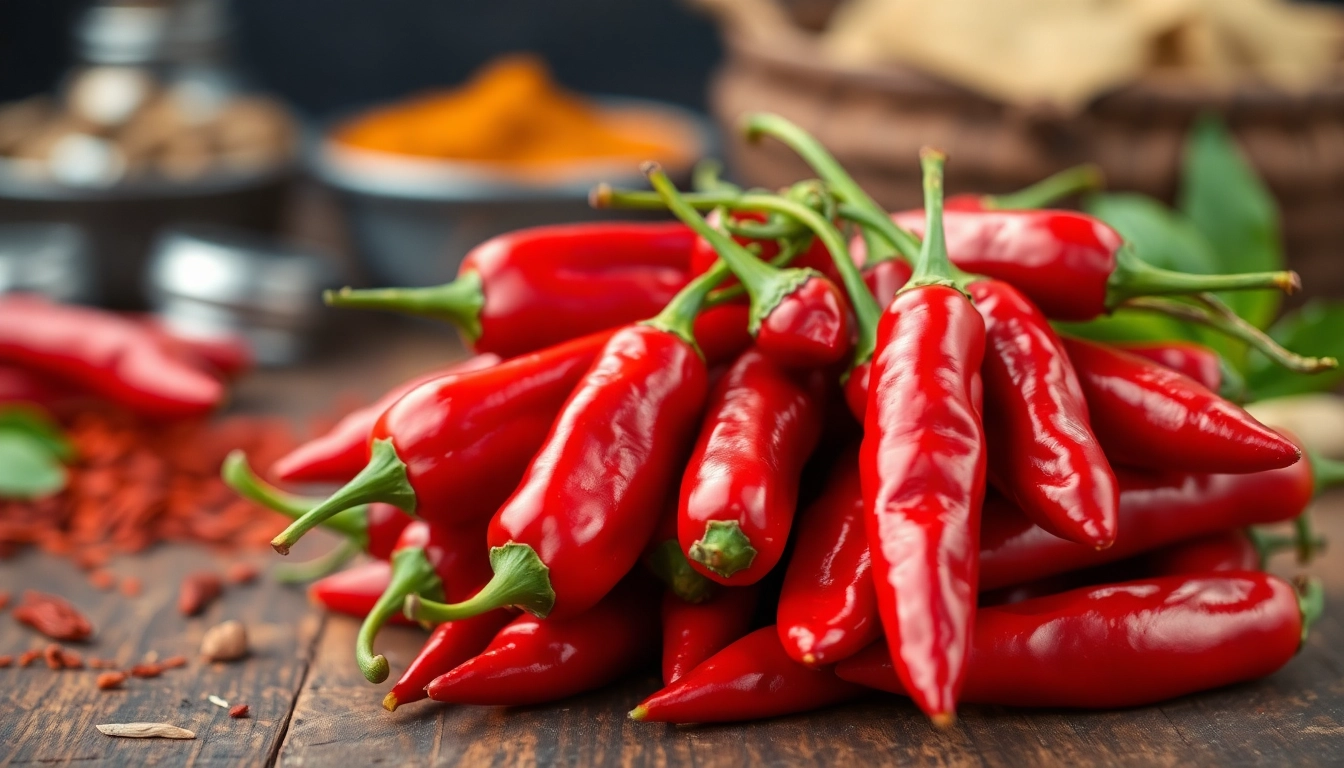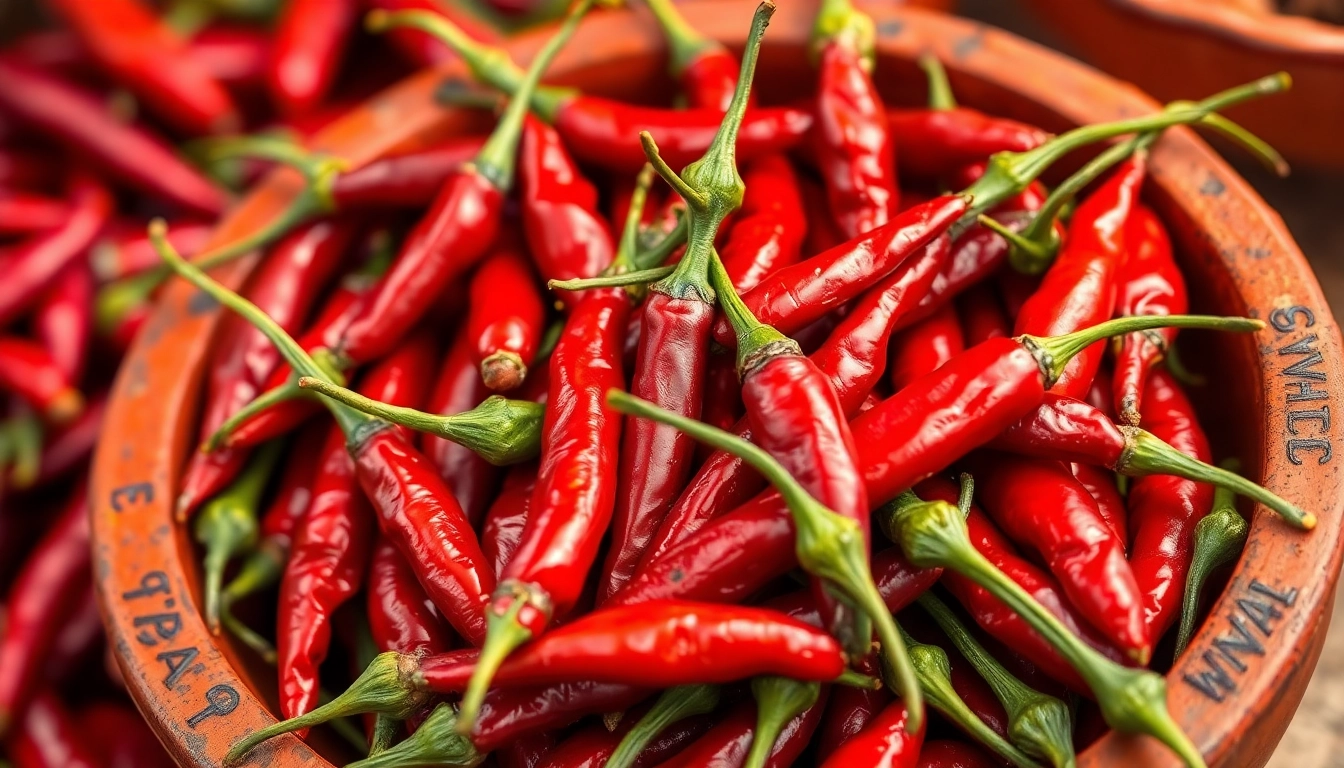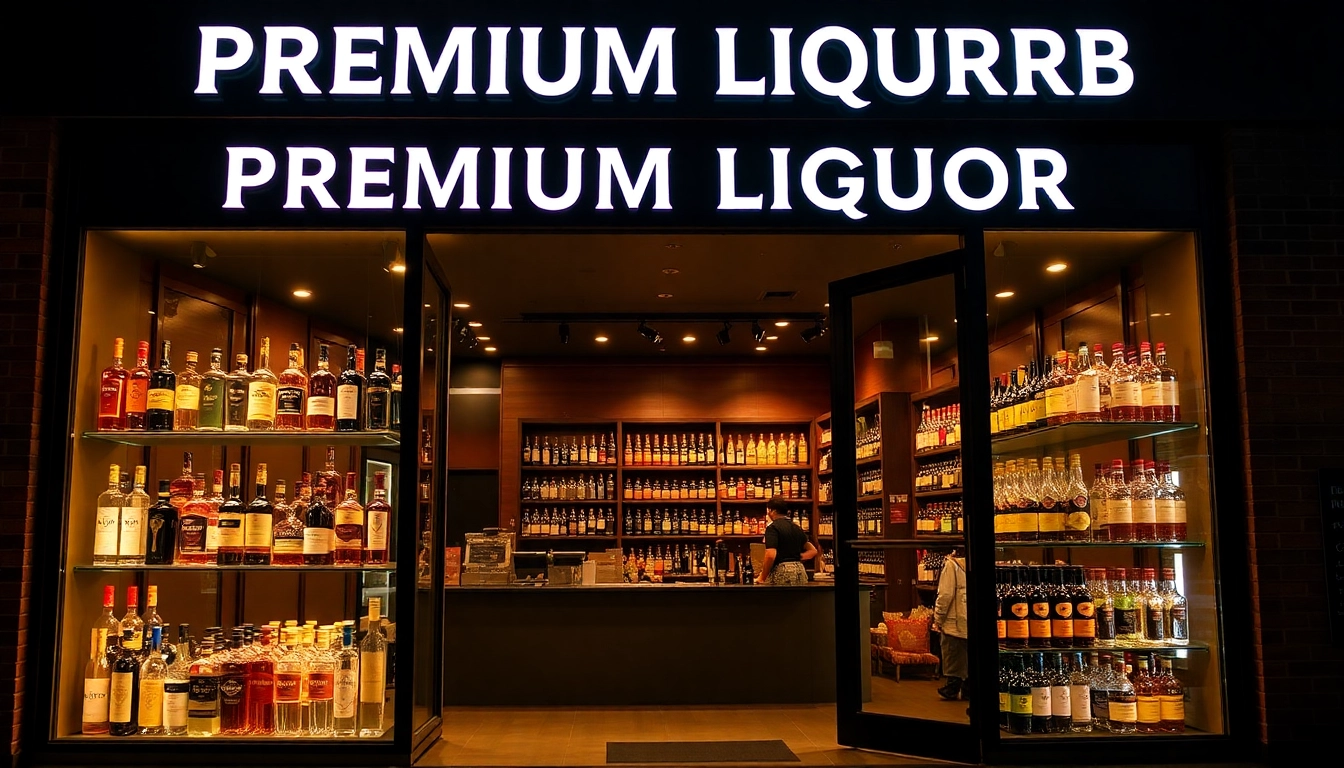
Introduction to Chilli Whole and Its Market Significance
Chilli Whole, particularly the versatile and fiery Chilli Whole, holds a prominent place in global spice industries. As a fundamental ingredient, chilli enhances dishes with its vibrant heat and flavor profile, making it an essential commodity for both culinary enthusiasts and food manufacturers. The global demand for high-quality Chilli Whole continues to rise due to increasing consumer awareness of health benefits, expanding culinary applications, and the steady growth of the spice export sector. Recognized for its rich aroma, pungency, and color, Chilli Whole not only elevates the visual appeal of dishes but also contributes to nutritional value, offering antioxidants and capsaicin, known for their health-promoting properties.
Overview of Chilli Whole in Global Spice Industries
Globally, Chilli Whole forms the backbone of the spice industry, with major producers like India, China, and Mexico dominating the market. India stands out as the largest exporter and consumer of Chilli Whole, owing to its diverse climate which supports multiple varieties such as Kashmiri, Guntur, and Bhut Jolokia. The export market caters to a wide array of sectors, including retail, horeca (hotel, restaurant, catering), and processed food industries. The spice industry’s growth is fueled by consumer trends favoring natural, organic, and health-beneficial ingredients. As the international demand for authentic, premium quality Chilli Whole rises, manufacturers like Spice Nest have carved a niche by consistently delivering certified, top-grade products that meet stringent quality standards.
Health Benefits and Nutritional Value
Beyond its culinary appeal, Chilli Whole boasts several health benefits. Rich in vitamins A and C, it enhances immune function, supports skin health, and provides anti-inflammatory effects. The capsaicin content, responsible for the fiery heat, has been shown to boost metabolism, aid weight management, and provide pain relief. Moreover, the antioxidants present in Chilli Whole help combat oxidative stress and reduce the risk of chronic diseases. As consumers become more health-conscious, the inclusion of natural spices like Chilli Whole in daily diets is becoming increasingly popular. Its nutritional profile adds value to various food products, making it a strategic ingredient for functional foods and health-oriented formulations.
Key Quality Indicators for Chilli Whole
Quality assurance is paramount when sourcing Chilli Whole, especially for export. Key indicators include:
- Color: Bright, vibrant red or deep color indicating ripeness and proper drying.
- Pungency: Consistent capsaicin levels suitable for target markets; measured through standardized Scoville Heat Units (SHU).
- Size and Shape: Uniform size and shape facilitate processing and packaging.
- Odor: Fresh aroma without mustiness or off-odors indicating spoilage or improper storage.
- Moisture Content: Low moisture levels (<10%) to prevent mold growth and ensure shelf life.
- Purity and Cleanliness: Free from dust, dirt, stones, and foreign matter, adhering to export standards.
Adhering to these indicators ensures the delivery of premium Chilli Whole that satisfies international quality standards and customer expectations.
Choosing the Right Chilli Whole for Culinary and Commercial Use
Types of Chilli Whole: Varieties and Characteristics
The selection of Chilli Whole depends largely on the intended application, flavor profile, and regional preferences. Common varieties include:
- Guntur Chilli: Known for its high pungency and deep red color; widely used in Indian cuisine and for chili powders.
- Kashmiri Chilli: Mild, fruity, and vibrant red, ideal for color without excessive heat, often used in biryanis and curries.
- Bhut Jolokia (Ghost Pepper): Extremely hot, used in specialty spicy foods and for manufacturing hot sauces.
- Sannam Chilli: Medium heat, used in various traditional products and blends.
Each variety brings unique characteristics—such as heat level, aroma, and color—making it crucial for buyers to select based on specific application requirements.
How to Identify Fresh and Premium Quality Chilli Whole
Freshness directly impacts flavor, color, and shelf life. Indicators of fresh, high-quality Chilli Whole include:
- Firm texture with intact caps and no shriveling.
- Bright, uniform color indicating ripeness and proper drying.
- Abundant aroma characteristic of the variety.
- Absence of mold, spots, or insect damages.
Fresh chili should also have a glossy appearance and feel dry to the touch but not brittle. Packaging should protect from moisture, light, and pests to maintain quality during storage and transit.
Storage and Shelf Life Best Practices
Proper storage extends the shelf life of Chilli Whole to approximately 6-12 months, depending on environmental conditions. Recommendations include:
- Storing in airtight, moisture-proof containers in a cool, dry, and dark place.
- Avoiding exposure to direct sunlight and humidity which can cause mold and loss of flavor.
- Using oxygen absorbers or vacuum packaging for long-term storage.
- Periodic inspection to detect any spoilage signs early.
Adhering to these practices preserves the spice’s pungency, color, and aroma, ensuring consistent quality for culinary and industrial applications.
Applications of Chilli Whole in Cooking and Food Processing
Traditional Curry and Spice Blends
Chilli Whole is a key component in traditional curry powders, masalas, and spice blends. It imparts both color and heat, elevating dishes in cuisines from India, Mexico, Thailand, and beyond. In Indian cooking, Chilli Whole is often used for tempering, flavoring gravies, and making pickles, while in Mexican cuisine, it forms part of chili con carne and mole sauces. The flavor intensity can be adjusted based on quantity and variety, making it a versatile ingredient for home cooks and professional chefs.
Mass Food Production: Flavor Enhancement and Preservation
In large-scale food processing, Chilli Whole serves multiple roles—adding desirable heat and color, acting as a preservative due to its antimicrobial properties, and enhancing overall flavor profiles. Food manufacturing sectors incorporate Chilli Whole in products such as snack seasonings, spice mixes, sauces, and preserved foods. Its stability during processing, especially when dried and stored correctly, helps in maintaining flavor consistency across batches.
Innovative Uses in Snacks and Confectionery
With consumer preferences shifting toward spicy snacks, Chilli Whole is incorporated into savory treats like roasted nuts, chips, and confectionery items such as spicy chocolates and candies. Its natural fiery profile adds an exciting element, appealing to adventure-seeking consumers. Furthermore, innovation involves creating chilli-based coatings or infusions, expanding the usage beyond traditional applications.
Supply Chain Considerations and Export Opportunities
Reliable Sourcing and Quality Assurance
Securing consistent supply of premium Chilli Whole requires collaboration with reputed growers and processors. Quality assurance protocols involve sourcing from farms with organic or integrated farming practices, conducting regular quality audits, and adhering to international standards such as ISO, HACCP, and organic certifications. Transparency in the supply chain and traceability enhances credibility and customer trust.
Packaging and Export Compliance Standards
Effective packaging is essential to preserve freshness and prevent contamination. Common packaging options include vacuum packs, pouches, and bulk containers, designed to meet export standards and consumer preferences. Compliance with phytosanitary and safety regulations of importing countries—such as certification for absence of pests or forbidden residues—is critical for smooth market entry.
Market Trends and Consumer Preferences
The appetite for spicy and natural food ingredients continues to grow globally. Consumers favor organic, non-GMO, and sustainably sourced Chilli Whole. Additionally, trends towards artisanal and craft food products favor high-quality, authentic spices with traceability. Export markets such as the Middle East, Europe, and North America present lucrative opportunities for premium Chilli Whole suppliers.
Maximizing Value: Marketing and Promoting Chilli Whole Products
Brand Differentiation and Product Positioning
Successful marketing hinges on positioning your Chilli Whole as a superior, authentic product. Emphasize qualities such as organic certification, purity, pungency, and origin. Use storytelling to highlight traditional farming methods or unique processing techniques that add value. Packaging design should reflect quality and authenticity to attract discerning buyers.
Effective Digital Marketing Strategies
Leveraging social media, content marketing, and search engine optimization (SEO) can significantly boost visibility. Creating informative content around the health benefits, culinary uses, and quality assurance of Chilli Whole can attract B2B buyers and consumers alike. Engaging in online trade platforms and maintaining an active website with detailed product listings and certifications enhances reach.
Participating in Trade Shows and Industry Events
Trade shows like Biofach and Food ingredients fairs are crucial avenues for networking, showcasing products, and understanding market trends. Spice Nest’s successful participation at Biofach 2024 exemplifies how presence at reputed international shows can open business opportunities, establish brand credibility, and facilitate direct customer feedback.






